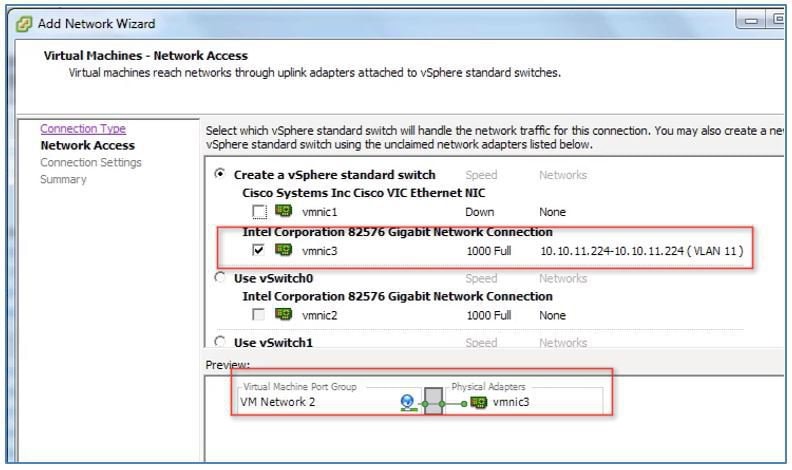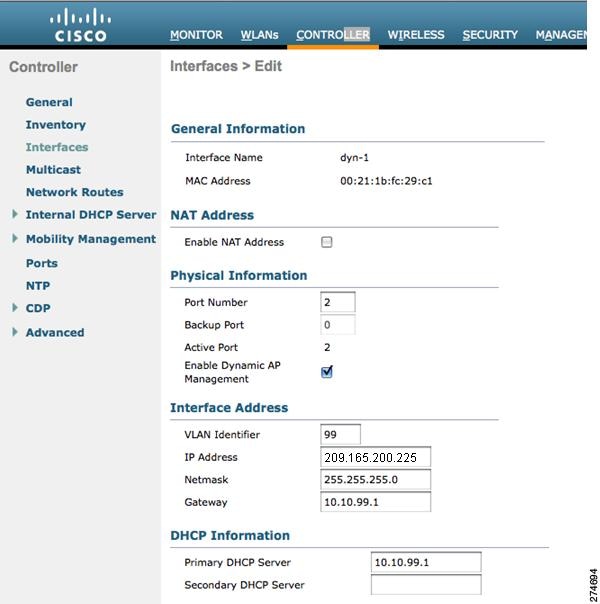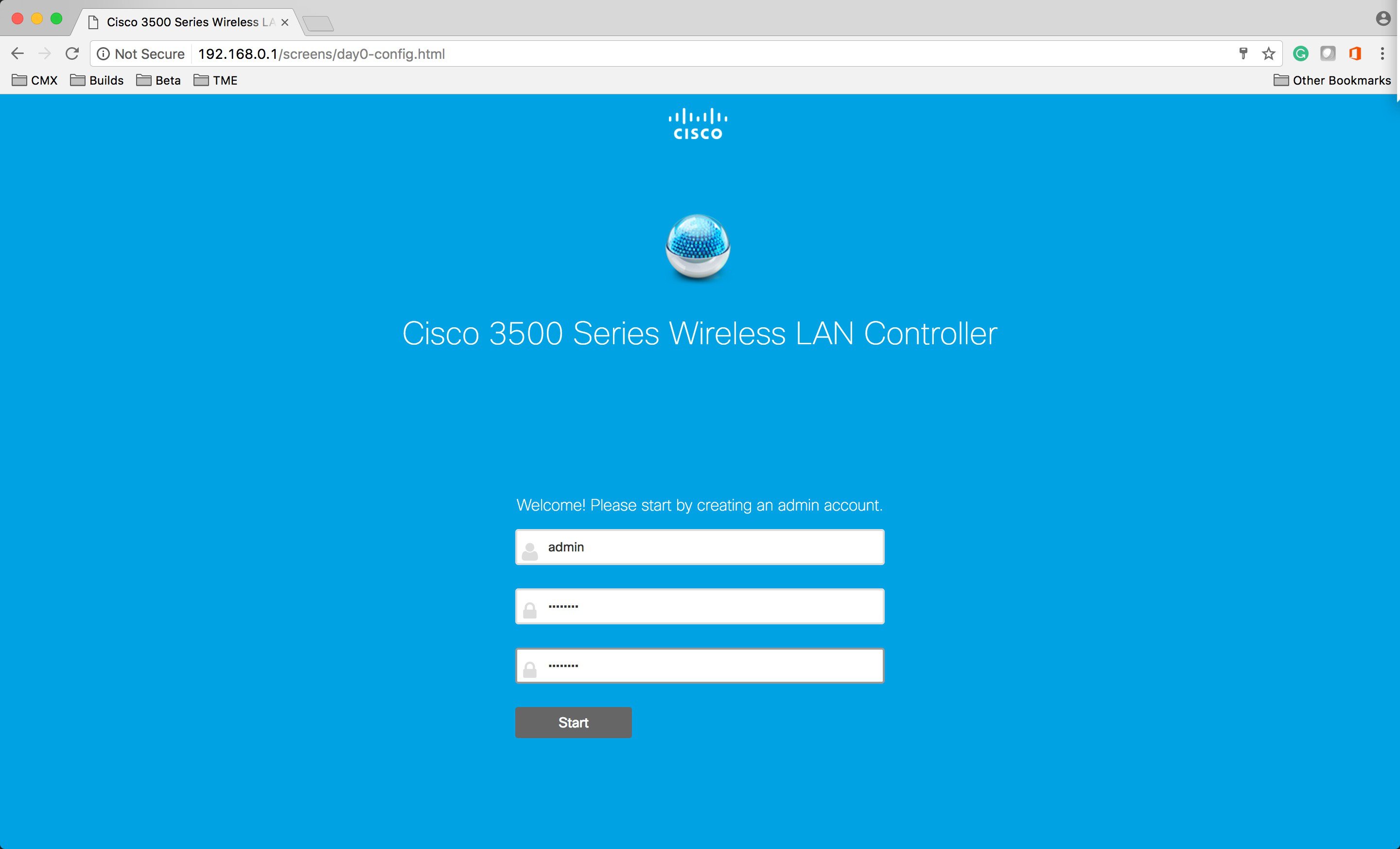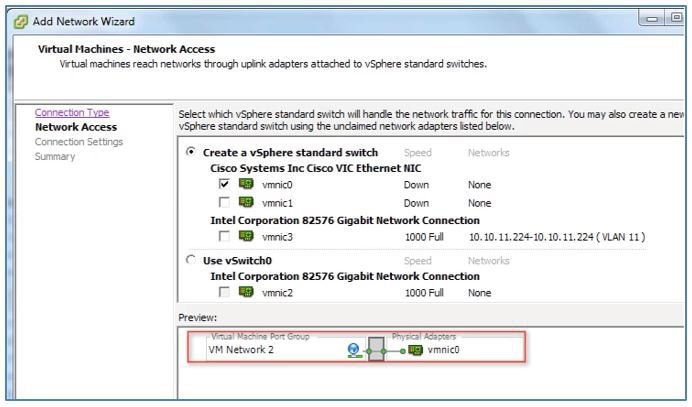

- #Shutdown cisco virtual wireless lan controller update#
- #Shutdown cisco virtual wireless lan controller software upgrade#
- #Shutdown cisco virtual wireless lan controller upgrade#
- #Shutdown cisco virtual wireless lan controller full#
- #Shutdown cisco virtual wireless lan controller software#
All access point and client sessions are retained during the upgrade process.
#Shutdown cisco virtual wireless lan controller software#
The software image-or patch-is pushed onto the wireless controller while traffic forwarding continues uninterrupted.
#Shutdown cisco virtual wireless lan controller update#
ISSU is a complete image upgrade and update while the network is still running.
#Shutdown cisco virtual wireless lan controller software upgrade#
With Cisco In Service Software Upgrade (ISSU), network downtime during a software update or upgrade is a thing of the past. Software updates with no disruptions and rolling AP upgrades completely changes the definition of “always on”. That means that with one simple user interface, you can automate, set policy, provide security, and gain assurance across your entire wired and wireless network fabric, from the most far-flung branch or campus to your most central core system.
#Shutdown cisco virtual wireless lan controller full#
It is modular, programmable, and supports the full capabilities of our new Intent-based networking controller, DNA Center. IOS XE, which we first rolled out in 2017 on the Catalyst 9000, is the latest upgrade of Cisco’s core operating system. From Catalyst 9000 switches, to the Catalyst 9800 Wireless LAN Controller, to the Catalyst 9100 Access Points Cisco has one operating system that runs all of these devices. Powered by Cisco IOS XE, the Cisco Catalyst 9800 Series Wireless Controllers are always-on, secure and can be deployed anywhere. The Cisco Catalyst 9800 Series Wireless Controllers are the next generation of controllers that bridge the intent-based networking portfolio and offer deployment flexibility. Whether your solution calls for Cisco 3504 Wireless Controller replacement, the Catalyst 9800-L, or the Cisco 8540 Wireless Controller upgrade the Catalyst 9800-80, or somewhere in between with the Catalyst 9800-40 (the step up from the Cisco 5520 Wireless Controller) these controllers pack a punch. C9800 is the right platform for the job as fully programmable, scalable and can be deployed to serve different consumption models. Rest assured that the 15 years of wireless innovations and RF excellence are being brought over to the Catalyst 9800 series.īut what’s next, where do AireOS customer go when they need to replace their controllers?Īs the market adopt Public Cloud for scale and agility and Network as a Service becomes a reality, you will still need some wireless controller functions to be run on prem for the network to scale and have high performance. I know that for the majority of you, the question that arise with this news is a simple word, “Why?” The reason because the AireOS controllers have matured over time and can now be replaced by functionally richer Catalyst technology controllers. But with the latest standard in place and the Cisco Catalyst Controllers paving the way, Cisco recently announced that their Wireless AireOS Controllers have gone End-of-Life. Suddenly, segmentation and real-time telemetry are something that are a real-time thing.Ĭisco AireOS controllers have served us well through many iterations of the Wi-Fi standard, from the early days of 802.11n, to 802.11ac waves 1 and 2 and now with 802.11ax or Wi-Fi 6 Cisco. In the middle part of the decade, AireOS was there stretching the definition of what the wireless network means with new solutions such as Cisco Software-Defined Access and Cisco Intelligent Capture. Automatically need extra bandwidth for an influx of devices? FRA can help.

All of these innovations took what was developed years earlier and improved the network.


In the middle part of the decade, AireOS products saw the introduction of Application Visibility and Control, Hyperlocation and Flexible Radio Assignments (FRA). From Radio Resource Management, providing for the first system-wide view of the RF network, to Cisco CleanAir, which detects and mitigates interference in the early part of the 2010s, AireOS products helped to make sure that Wi-Fi devices were able to send and receive packets reliably and cleanly. But back in the early part of the century, this was something that not many had seen before.ĭuring those years Cisco, and in particular the products that used the AireOS, lead the industry with a bevy of Wi-Fi innovations. These numbers look very pedestrian now, the smallest controller in the Catalyst family, the 9800-L, supports up to 500 access points and 10Gbps. These new controllers made a huge impact on the industry as they offered support of 100 access points and less than 4Gbps of throughput. It was a pretty busy year, but if you were in the tech world back then, I’m sure you noticed the new family of wireless LAN controllers from Cisco, specifically the Cisco 4404 Wireless Controllers. Remember 2005? What were you doing then? Were you waiting a line for Microsoft’s recently released Xbox 360? Were you cheering for Tim Duncan and the San Antonio Spurs as they closed out the Detroit Pistons for the NBA Championship? German Chancellor Angela Merkel assumed office as the first female Chancellor of Germany.


 0 kommentar(er)
0 kommentar(er)
